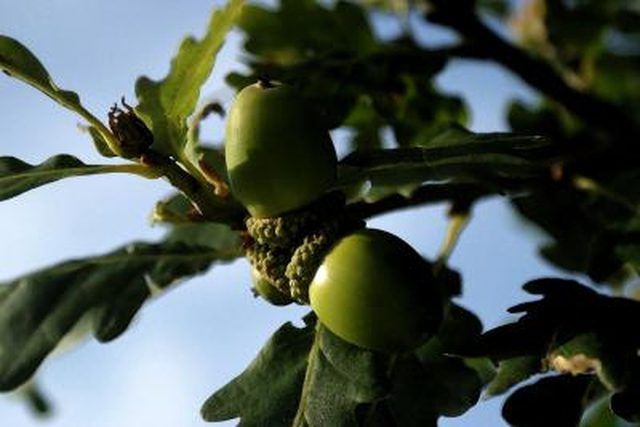Bulbs
Flower Basics
Flower Beds & Specialty Gardens
Flower Garden
Garden Furniture
Garden Gnomes
Garden Seeds
Garden Sheds
Garden Statues
Garden Tools & Supplies
Gardening Basics
Green & Organic
Groundcovers & Vines
Growing Annuals
Growing Basil
Growing Beans
Growing Berries
Growing Blueberries
Growing Cactus
Growing Corn
Growing Cotton
Growing Edibles
Growing Flowers
Growing Garlic
Growing Grapes
Growing Grass
Growing Herbs
Growing Jasmine
Growing Mint
Growing Mushrooms
Orchids
Growing Peanuts
Growing Perennials
Growing Plants
Growing Rosemary
Growing Roses
Growing Strawberries
Growing Sunflowers
Growing Thyme
Growing Tomatoes
Growing Tulips
Growing Vegetables
Herb Basics
Herb Garden
Indoor Growing
Landscaping Basics
Landscaping Patios
Landscaping Plants
Landscaping Shrubs
Landscaping Trees
Landscaping Walks & Pathways
Lawn Basics
Lawn Maintenance
Lawn Mowers
Lawn Ornaments
Lawn Planting
Lawn Tools
Outdoor Growing
Overall Landscape Planning
Pests, Weeds & Problems
Plant Basics
Rock Garden
Rose Garden
Shrubs
Soil
Specialty Gardens
Trees
Vegetable Garden
Yard Maintenance
Acorn Identity Guide for Oak Trees
Acorn Identity Guide for Oak Trees. Most of the 52 species of oak trees in North America produce acorns. Identifying the type of tree by the acorn requires a careful look at the characteristics of the fruits, including the shells and cups and how often the tree produces fruit.

Most of the 52 species of oak trees in North America produce acorns. Identifying the type of tree by the acorn requires a careful look at the characteristics of the fruits, including the shells and cups and how often the tree produces fruit.
Shells
A close look at the shells of various acorns can help pinpoint the species. Black oak acorns feature hair on the inside of the shell. White oaks produce shells with smooth surfaces inside.
Cups
Some trees, such as the bur oak, grow thread-like fringe on the cup. The pink oak features a shallow cup that resembles a saucer. Top-shaped cups may indicate a bear oak. Knobby-looking scales found on the lower part of the cup suggests the acorns comes from white oaks. Scarlet oaks feature fruits that are half-covered by a deep cap.
Crop
White oak trees produce acorns every fall, so you won't find immature acorns on white oaks during the winter. Black oaks produce fruit every other year in the fall, so you can see immature acorns on the tree, even in winter.